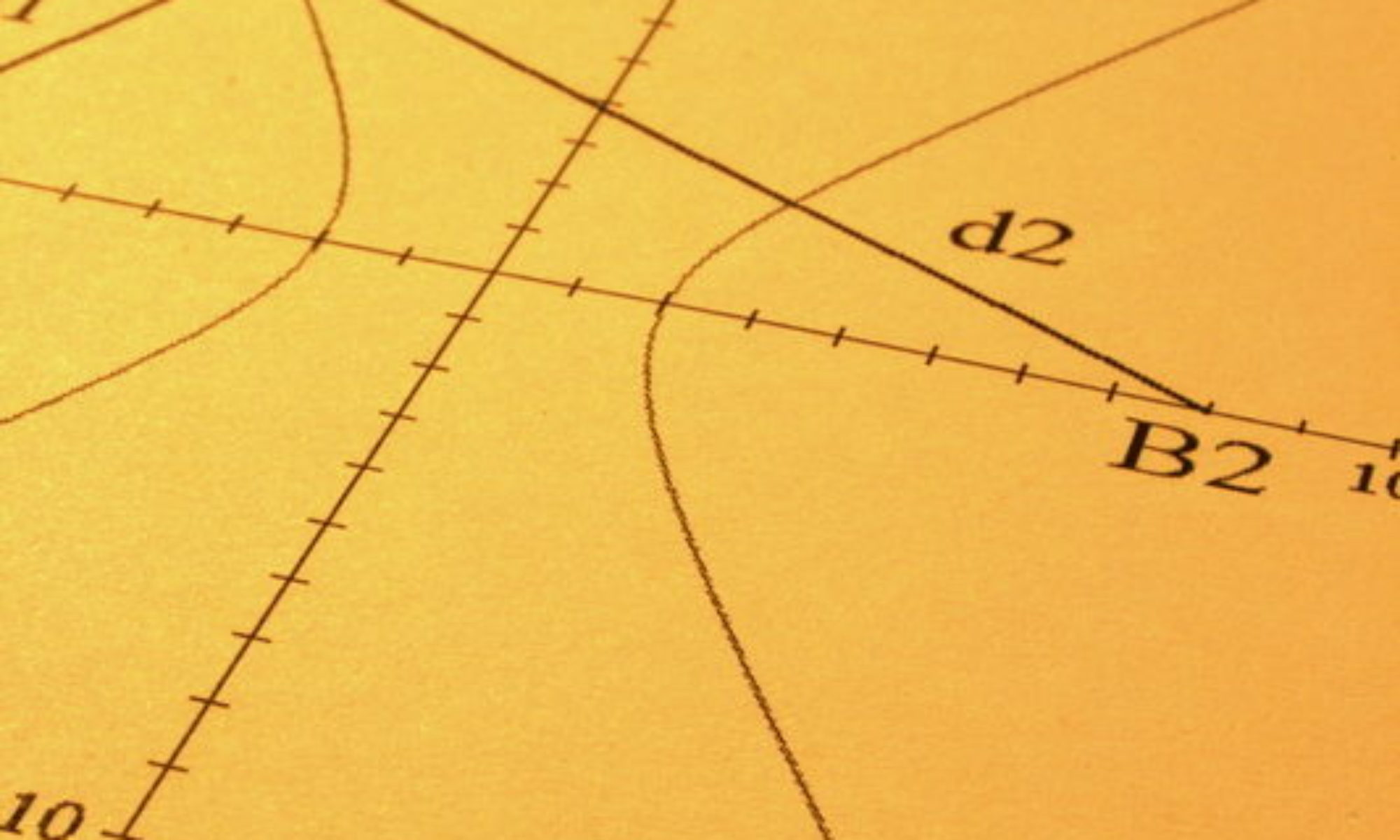Look around you. That ripple when you lift your coffee cup, the sunlight streaming in through the window, the annoying noise your neighbour makes when he revs his car in the morning. All these are examples of the phenomenon of waves.
The mathematics of waves is modelled by the trigonometric functions, the sine and the cosine functions. They can also be modelled using complex numbers. waves are periodic. This means that the movement repeats itself in time and space. There is a characteristic frequency which represents the number of waves passing a point per second. Then there is the period of the wave which is the time between successive peaks or troughs.
A very important principle of waves is the principle of superposition. As a wave passes, particles move about fixed positions in a predictable way. The distance of tte particle from the resting position is the displacement. When two waves pass each other, their displacements add and after the waves have passed, they are completely unaffected.
Waves transfer energy but do not involve the large scale movement of matter. Next time you see the moon reflected in water or the sound of lightning, remember you are seeing physics in action.


